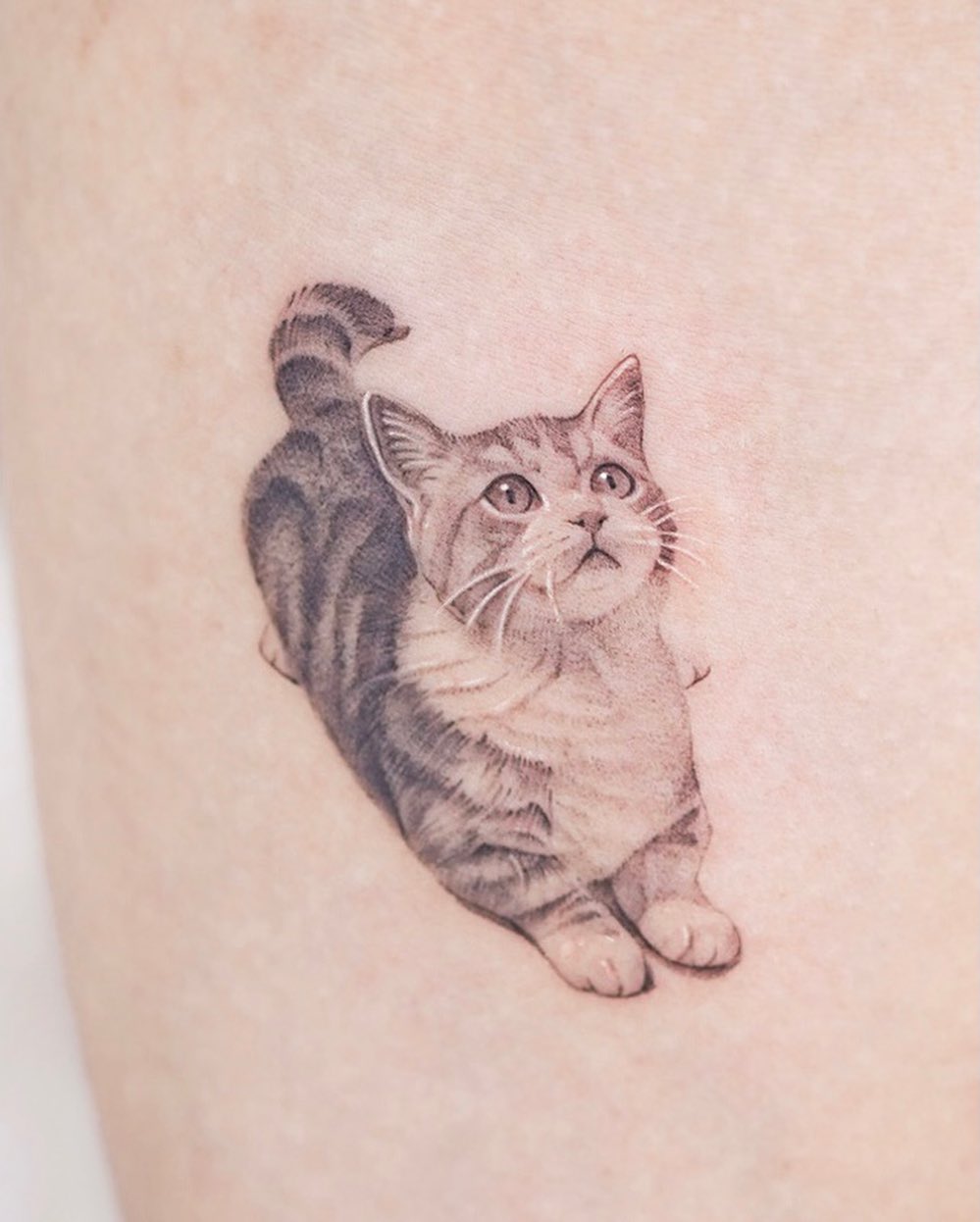
Okay, let’s talk tattoos.
Specifically, that nagging question:
Does the color of the ink affect the price?
I get it.
You’re budgeting for some sweet body art.
You’re probably wondering if going full rainbow is gonna break the bank.
Or if sticking to classic black is the cheaper route.
Let’s dive in.
Is There a Price Difference Between Black and Color Ink Tattoos?
The short answer?
Sometimes, yes.
But it’s way more nuanced than just "color costs more."
Think of it like this:
There are several factors at play.
Why Color Might Cost More
So, why the potential price hike for color?
Here’s the breakdown:
- Ink Cost: Some colored inks, especially vibrant or specialty hues, are pricier for the artist to buy. Think of it like getting special effect makeup vs. everyday stuff.
- Application Time: Certain colors are trickier to work with. They might require more passes to achieve the desired saturation. More time for the artist equals a higher price.
- Fading & Touch-Ups: Colored inks can fade faster than black ink. That means you might need touch-ups sooner, adding to the overall cost down the line.
- Artist Skill: Working with color requires a different skillset. An artist experienced with color might charge a premium for their expertise.
I once got a small, simple black tattoo.
It was relatively cheap.
Then, I went back for a color piece of similar size.
It cost almost twice as much.
The artist explained the red ink was notoriously difficult to work with and required extra attention.
When Black and Color Cost the Same
Hold up!
It’s not always more expensive.
Here’s when you might not see a difference:
- Small Touches: If you’re just adding a tiny splash of color to an otherwise black tattoo, the price difference might be negligible.
- Shop Minimums: Many shops have a minimum charge, regardless of color. If your tattoo falls below that minimum, it won’t matter if it’s black, blue, or bright pink.
- Artist Pricing: Some artists charge by the hour, not by the color. So, if a black and color tattoo take the same amount of time, the price could be the same.
Factors That Always Affect Tattoo Price
Regardless of color, these factors always impact the price:
- Size: Bigger tattoo, bigger price.
- Complexity: Intricate designs cost more.
- Artist Experience: More experienced artists usually charge more.
- Shop Location: Tattoo prices vary by region.
- Placement: Hard-to-reach spots can cost more.
Tips for Budgeting Your Tattoo
Want to keep your tattoo costs down?
Here are some tips:
- Consult with Multiple Artists: Get quotes from different shops.
- Consider Simpler Designs: Less detail equals less time and ink.
- Choose a Less Demanding Location: Forearms are generally cheaper than ribs.
- Book in Advance: Some artists offer discounts for booking ahead.
- Follow Aftercare Instructions: Proper aftercare prevents fading and reduces the need for touch-ups.
- Ask About Payment Plans: Some shops offer payment plans to make larger tattoos more affordable.
FAQ: Black and Color Ink Tattoo Prices
- Does white ink cost more? White ink can be tricky. It often requires multiple applications and can be prone to fading, so it might cost a bit more.
- Are some colors cheaper than others? Generally, yes. Certain pigments are easier to produce and apply, making them less expensive.
- Will a black and grey tattoo cost less than a full-color tattoo? Typically, yes. Black and grey tattoos usually require less time and ink than full-color pieces.
- Is it okay to negotiate the price of a tattoo? It’s always worth asking politely! Some artists might be willing to work within your budget, especially for smaller or simpler designs.
Ultimately, the best way to know for sure is to get a quote from your chosen artist.
Don’t be afraid to ask questions and be upfront about your budget.
Understanding the factors that influence pricing will help you plan your dream tattoo without getting sticker shock.
So, while color can sometimes affect the price, it’s just one piece of the puzzle when figuring out the cost of black and color ink tattoos.
Leave a Reply